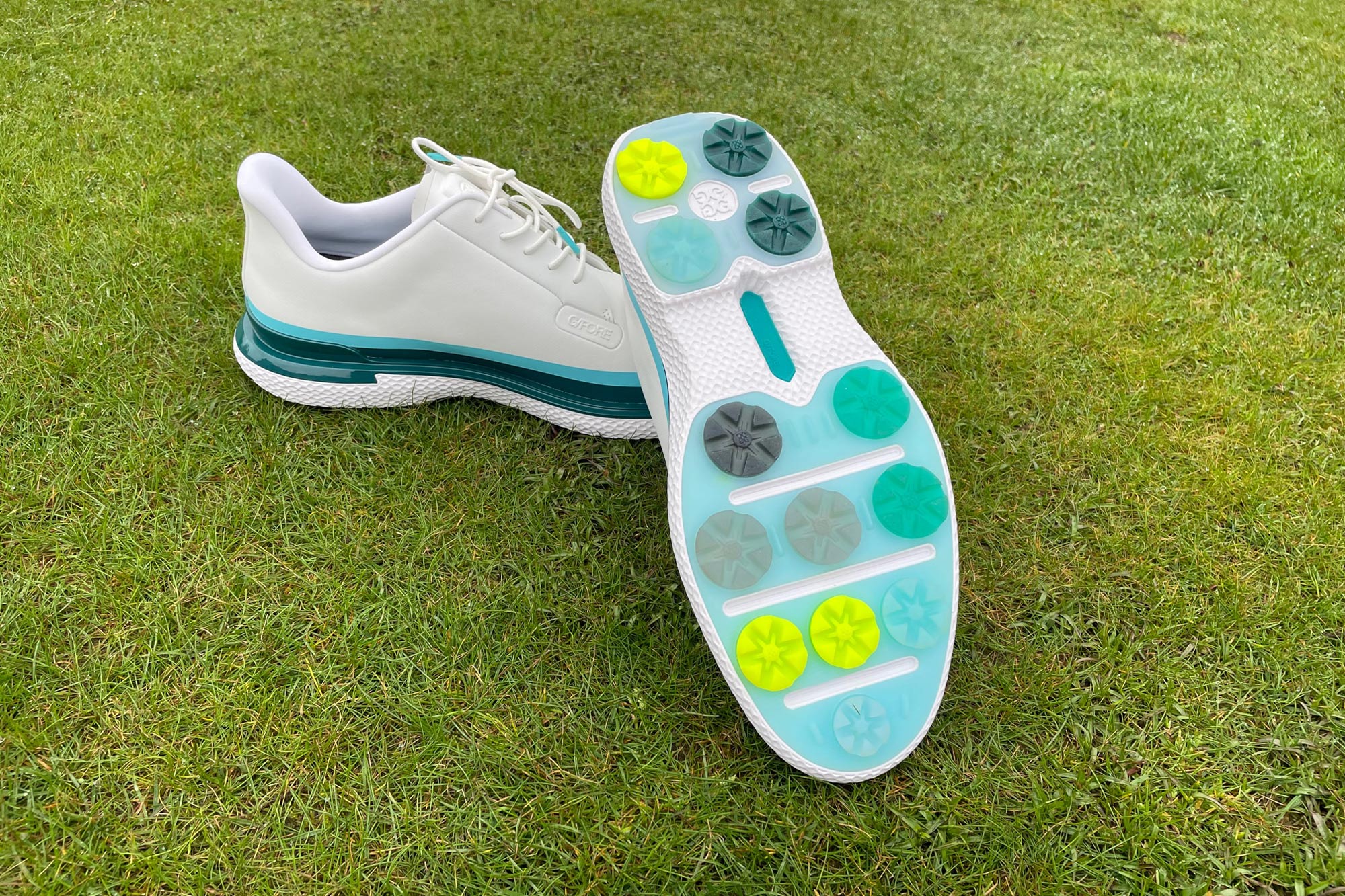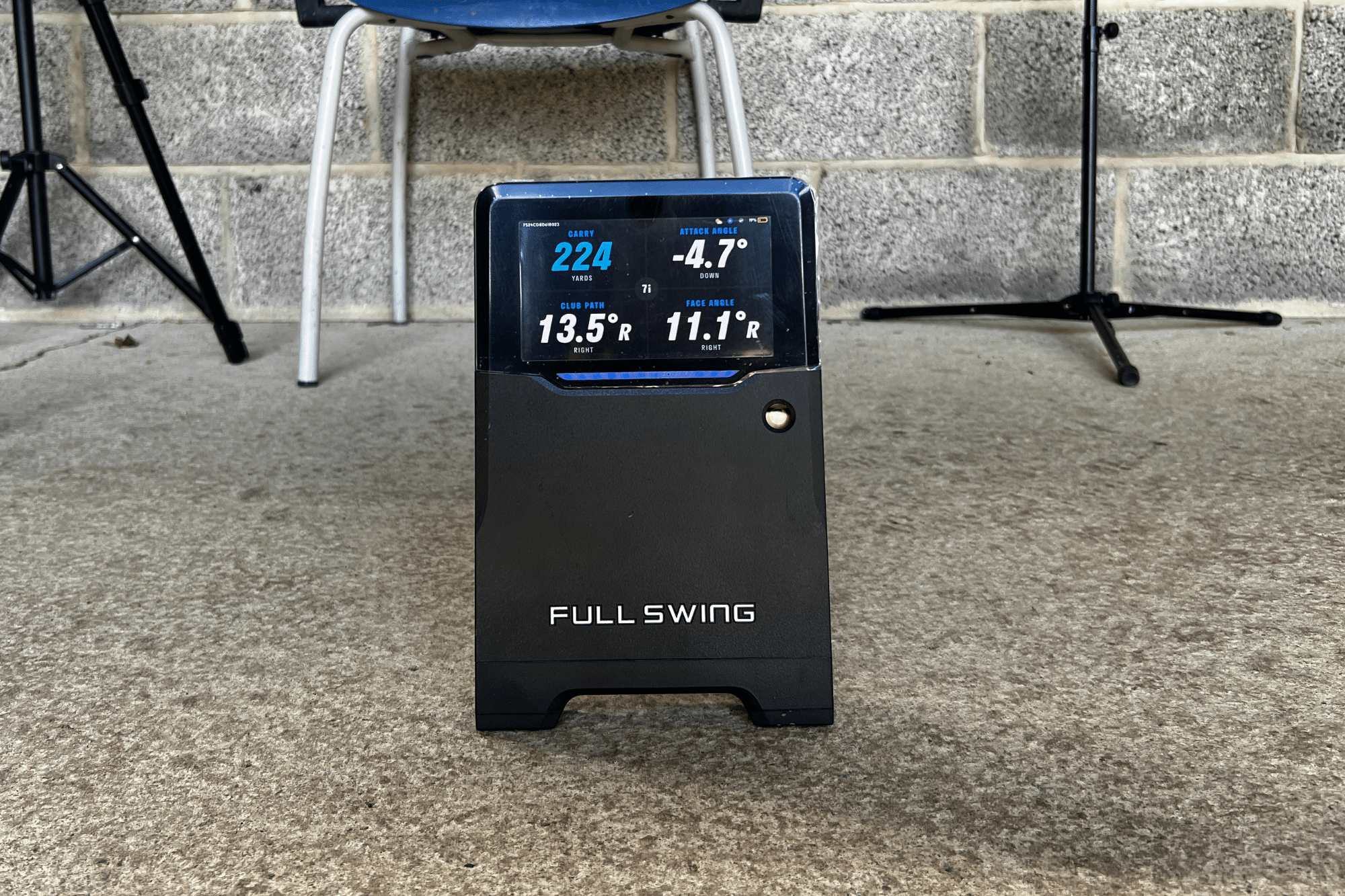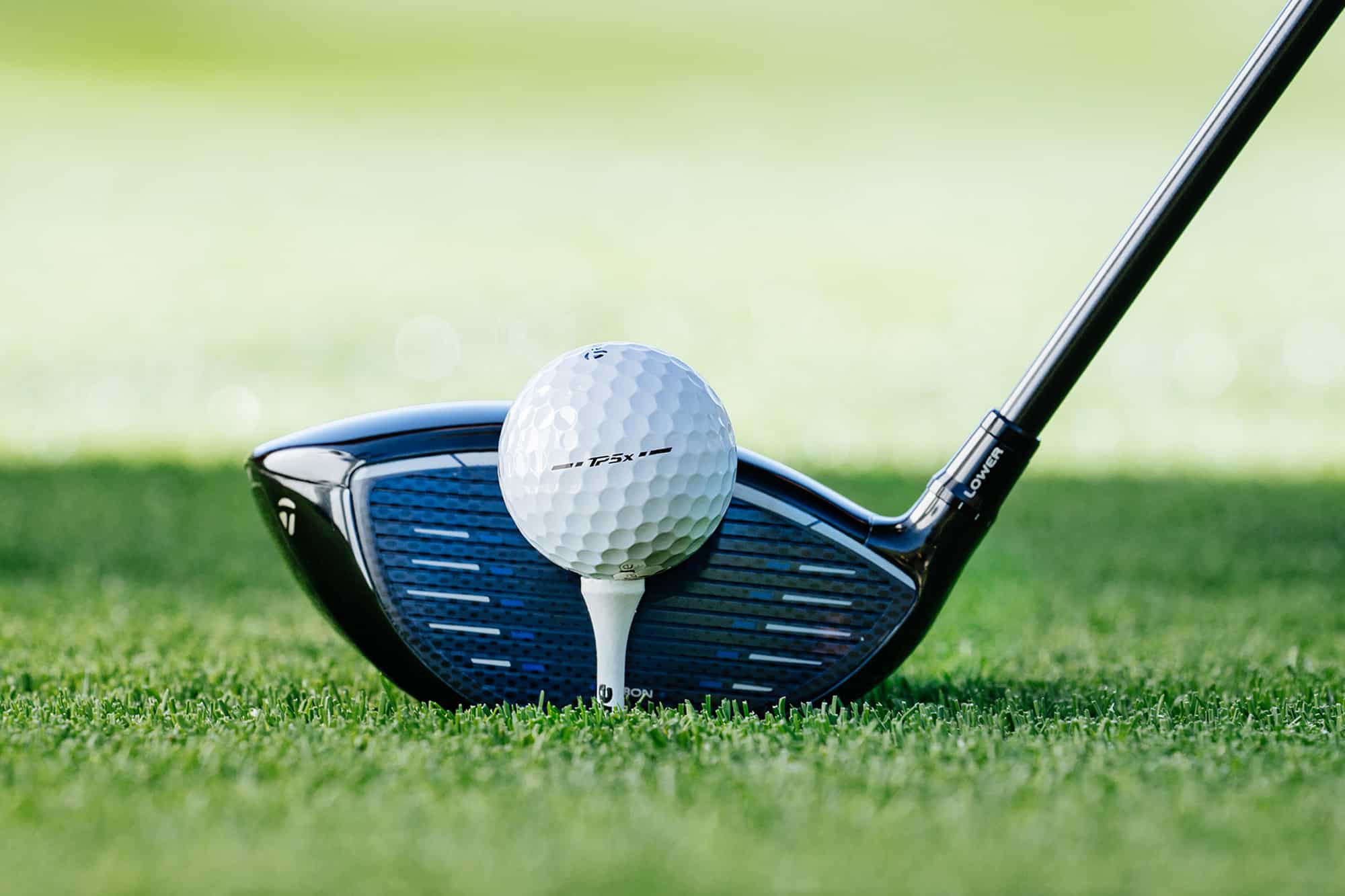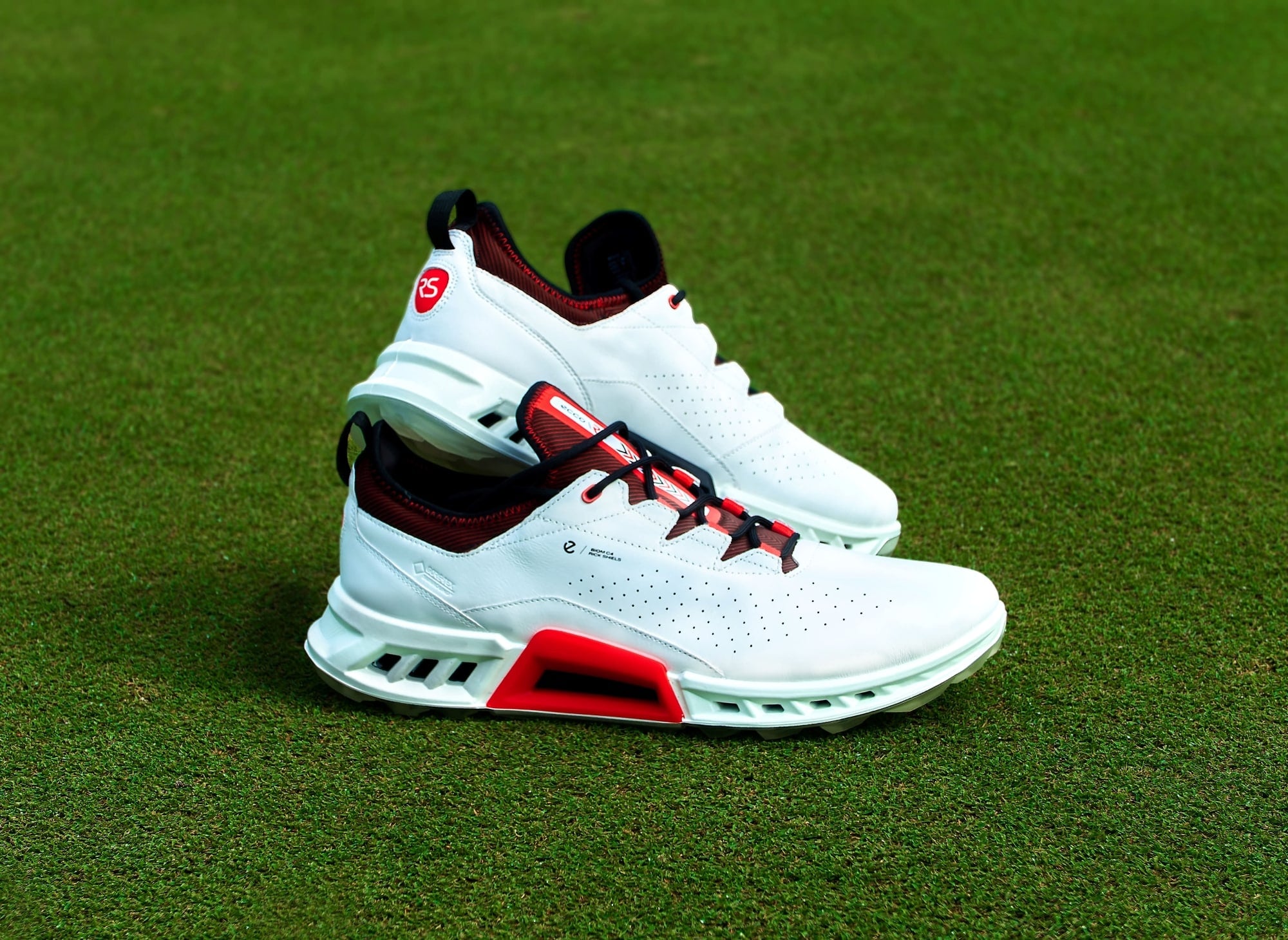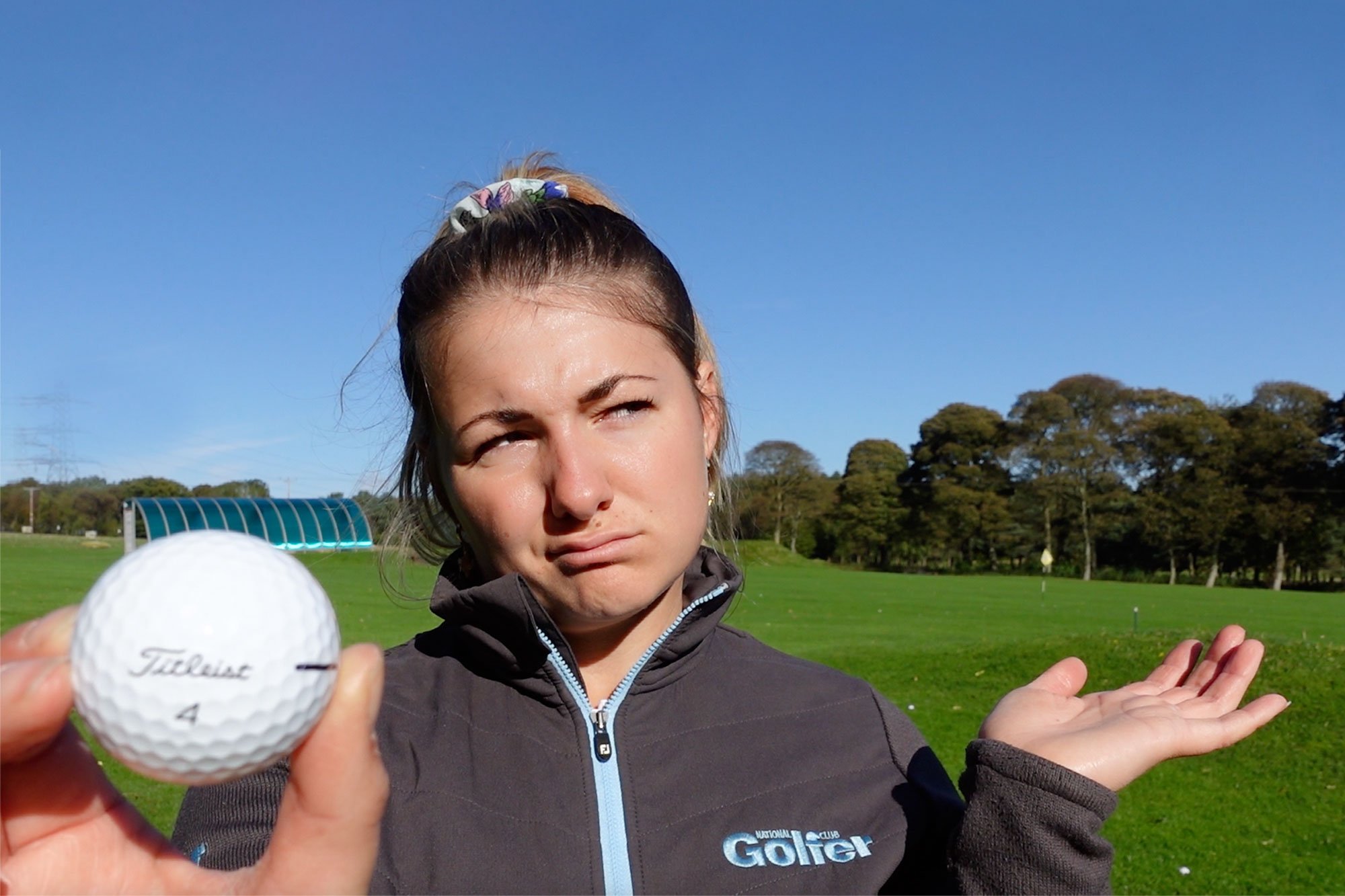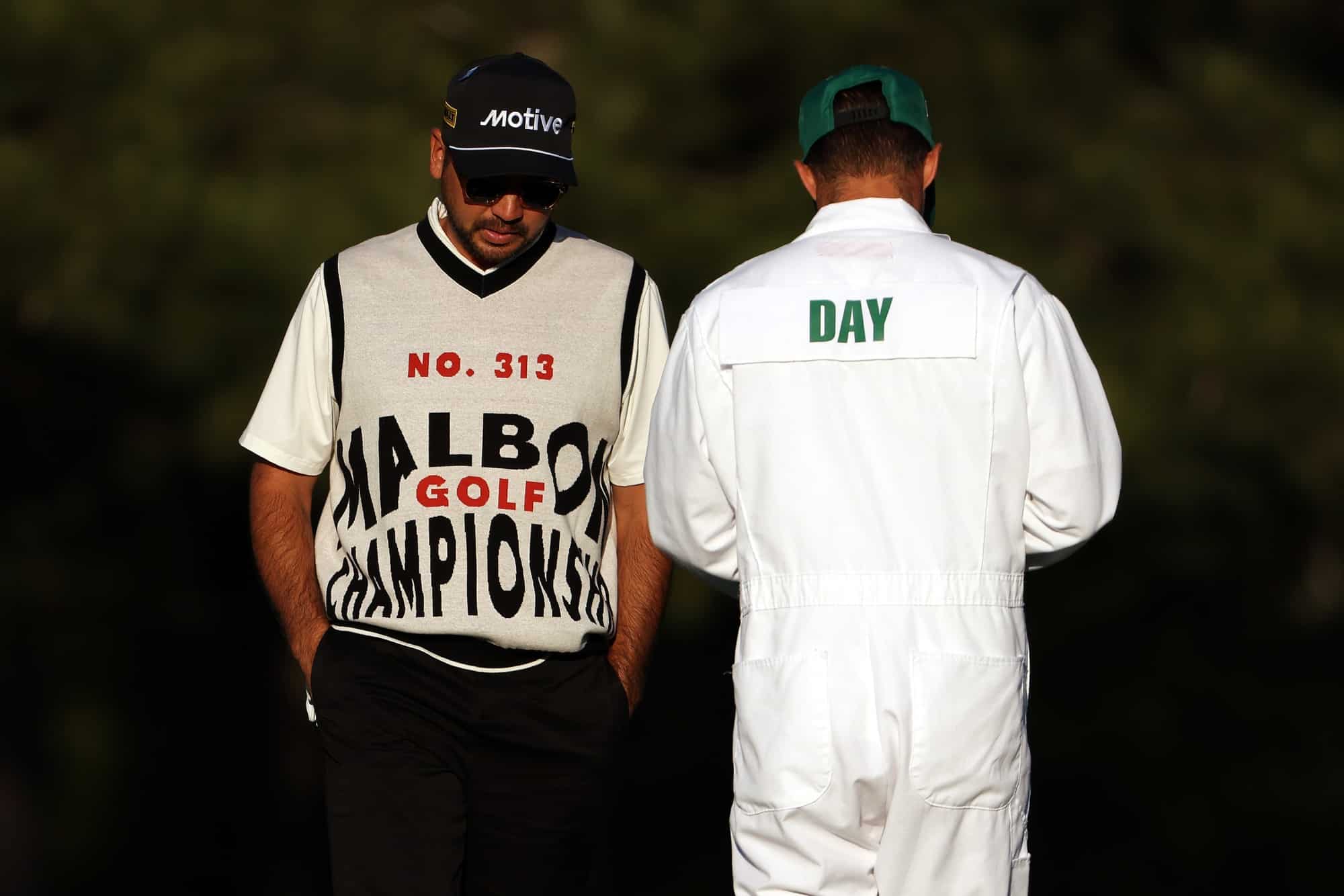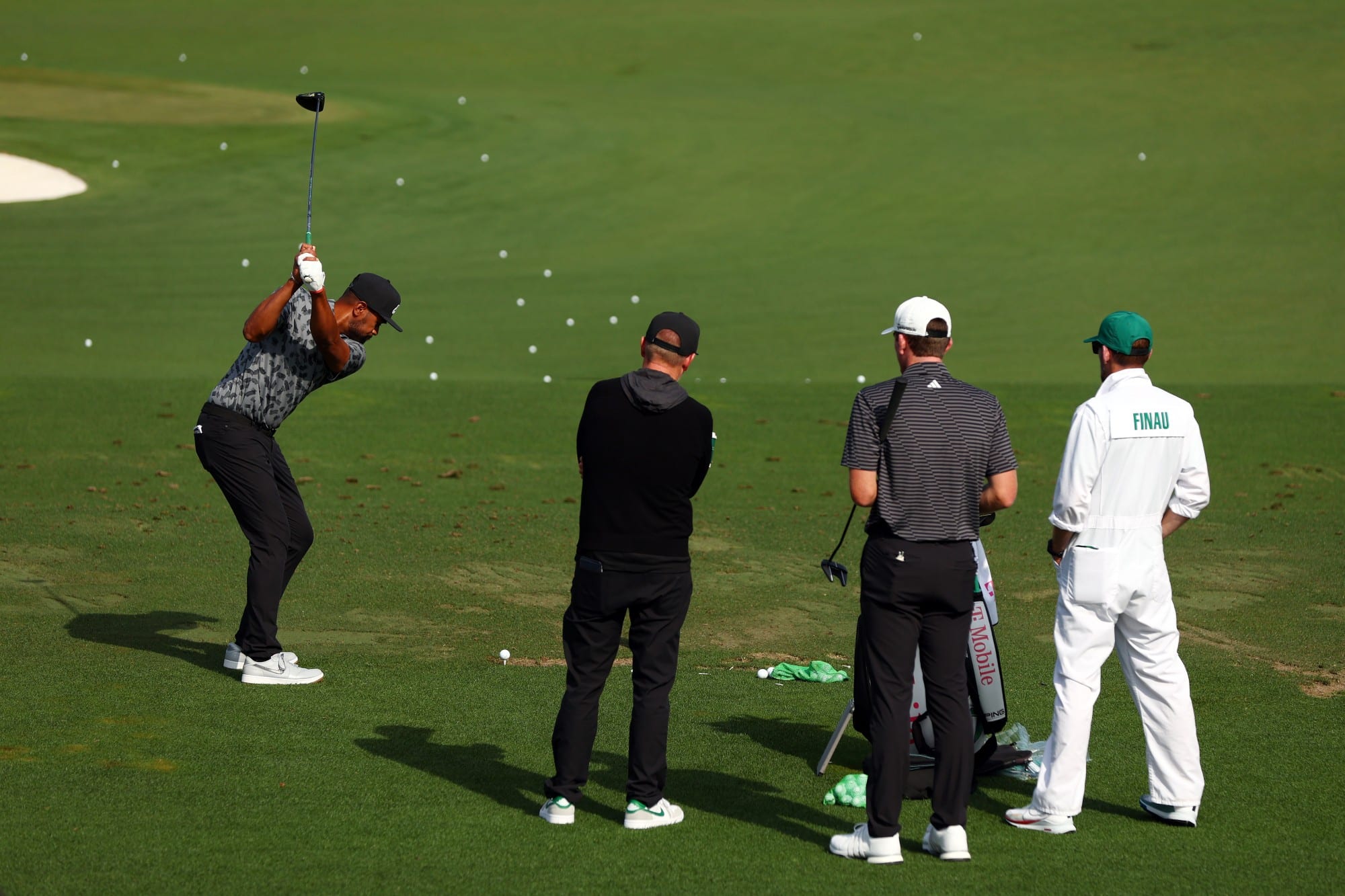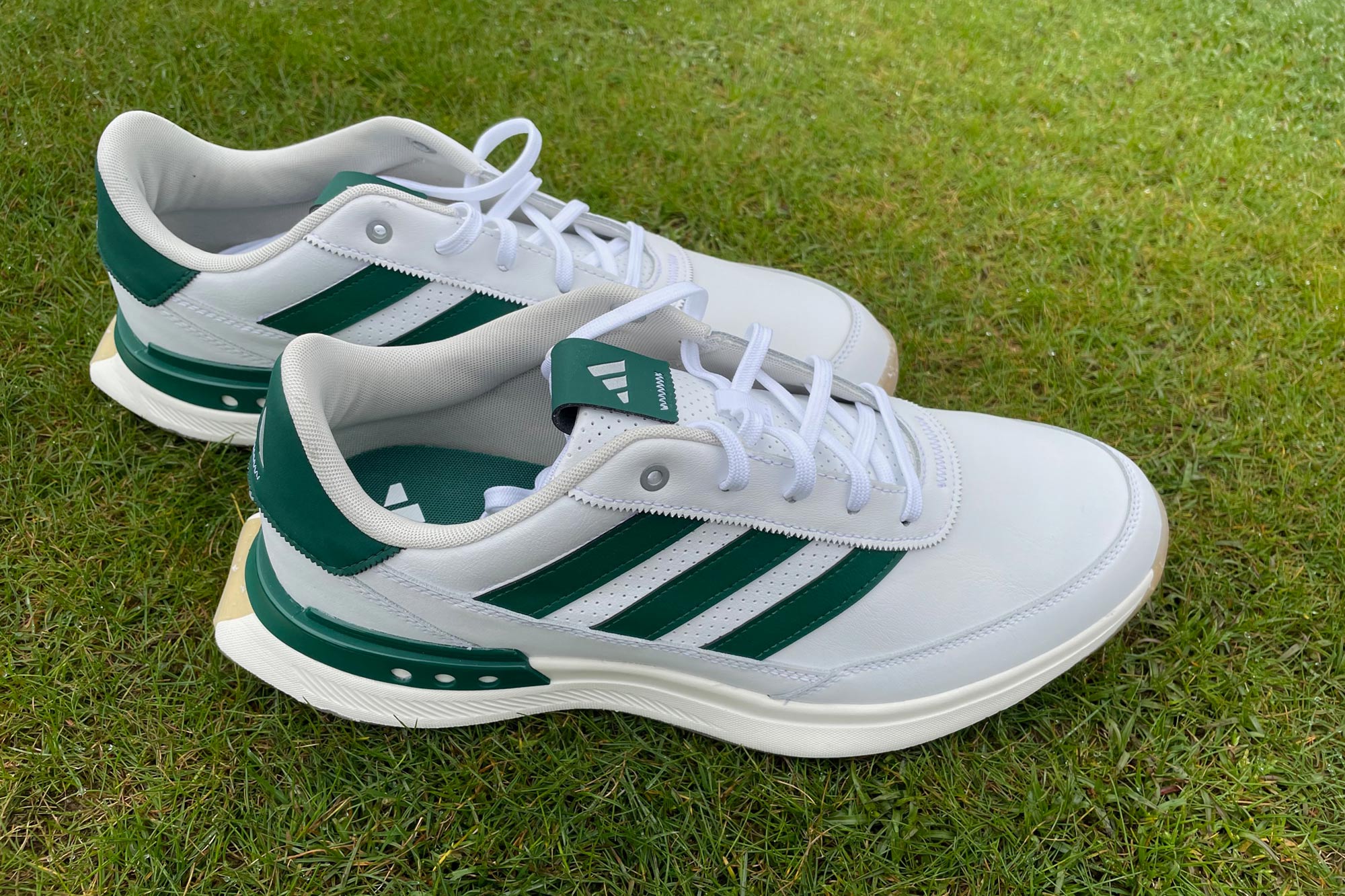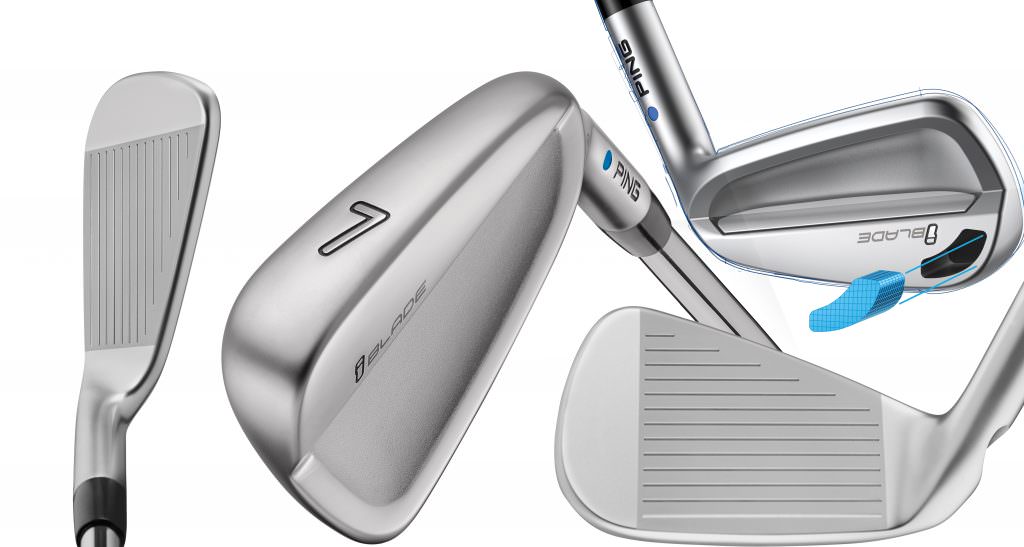
Equipment: Ping iBlade irons video review
Ping iBlade irons full review
Ping iBlade irons have broken the mould. Following five successive iterations of the S family – beginning at 59 and working down to 55 – there is a new name for their latest set of irons aimed at the elite player.
- Ping iBlade video review CLICK BELOW
[content_block slug=”ping-iblade-review”]
The iBlades certainly owe much to the S55s they replace, and a look down at address will tell you as much.
Slightly more aesthetically pleasing, especially in the longer irons where, at least to the naked eye, offset seems to have been slightly reduced, the differences are more in what you can’t see.
While the S55s had visible technology, the iBlades have been pared back: the tungsten plug is concealed and all you can see is a very slim cavity.
A satin finish gives a really classy look to what Ping describe as their “most workable, forgiving blade-style iron to date”.
You can only admire the blade profile at address – it’s difficult to fault and especially worth a look from anyone who still thinks Ping irons are lacking in style.
The precision-milled face ensures the looks at address are just so, which is crucial in this category when the slightest of blemishes can put off a prospective buyer.
Ping reckon these irons are “up to six yards” longer than the S55s in the long irons and will hit the ball higher and more consistently throughout the set. Perhaps more importantly, dense tungsten weights increase forgiveness levels.
With an array of top-quality shafts available without upcharge, it adds up to quite a package.
This is an iron that should be under consideration for any low handicapper in the market for a new set in the coming months, whether a Ping devotee or someone new to the brand.
The tech in Ping iBlade
Pure tungsten plug

Completely concealed from view is a heavy tungsten plug, positioned in the toe, to increase the club’s MOI. That means less twisting on mis-hits.
Extra elastomer

This plastic sheet acts as a damping agent, resulting in noticeably softer feel and a more pleasing sound. The iBlades feel less harsh than the S55s.
Workable sole

The Ping engineers have shaved down the heel to make the sole the same width as in the S55s.
NCG Verdict on Ping iBlade
It’s not fair to describe these irons as niche but equally, given the success of the I Series irons introduced last summer, you would need a good reason to move into the iBlades.
There is no question that these irons, and others in the same category, have become substantially more forgiving over the years but then at the same time more forgiving irons have become better looking.
I’m well placed to compare the two sets having played the I Series for the past 12 months.
The iBlades are undoubtedly softer off the face and offer great feel. You have the potential, if you are skillful enough, to flight lower long iron shots. You would have to say they are also better to chip with.
On the other hand, it feels to me like there is a slight trade-off in terms of ball speed and if you are used to looking down on a slightly thicker top line and chunkier head then it is not easy to go back.
If your striking is good enough – then go for it.
SRPs: £130 per club steel; £140 per club graphite
Available: 3-PW
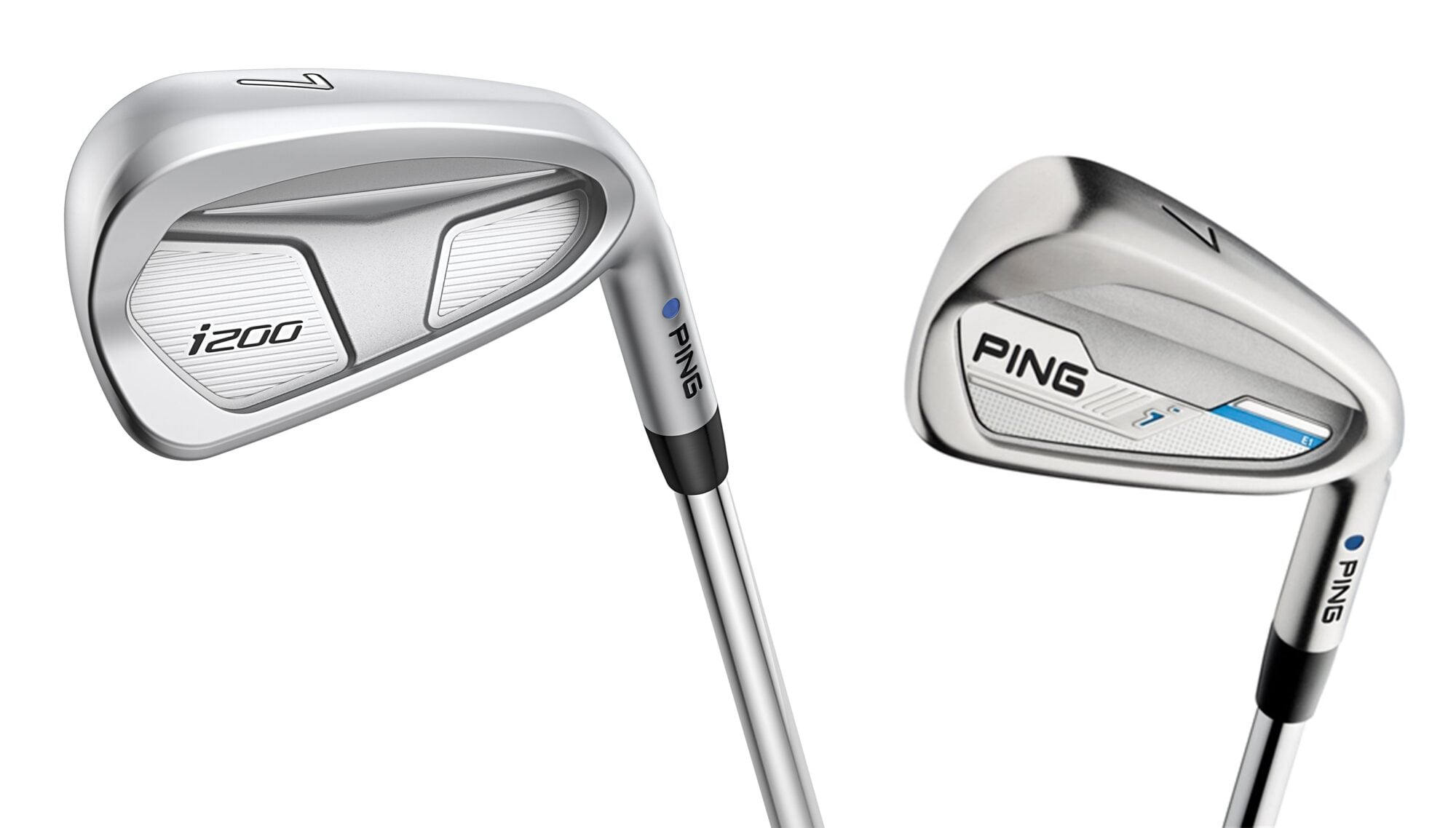
Irons test: Ping i vs. i200
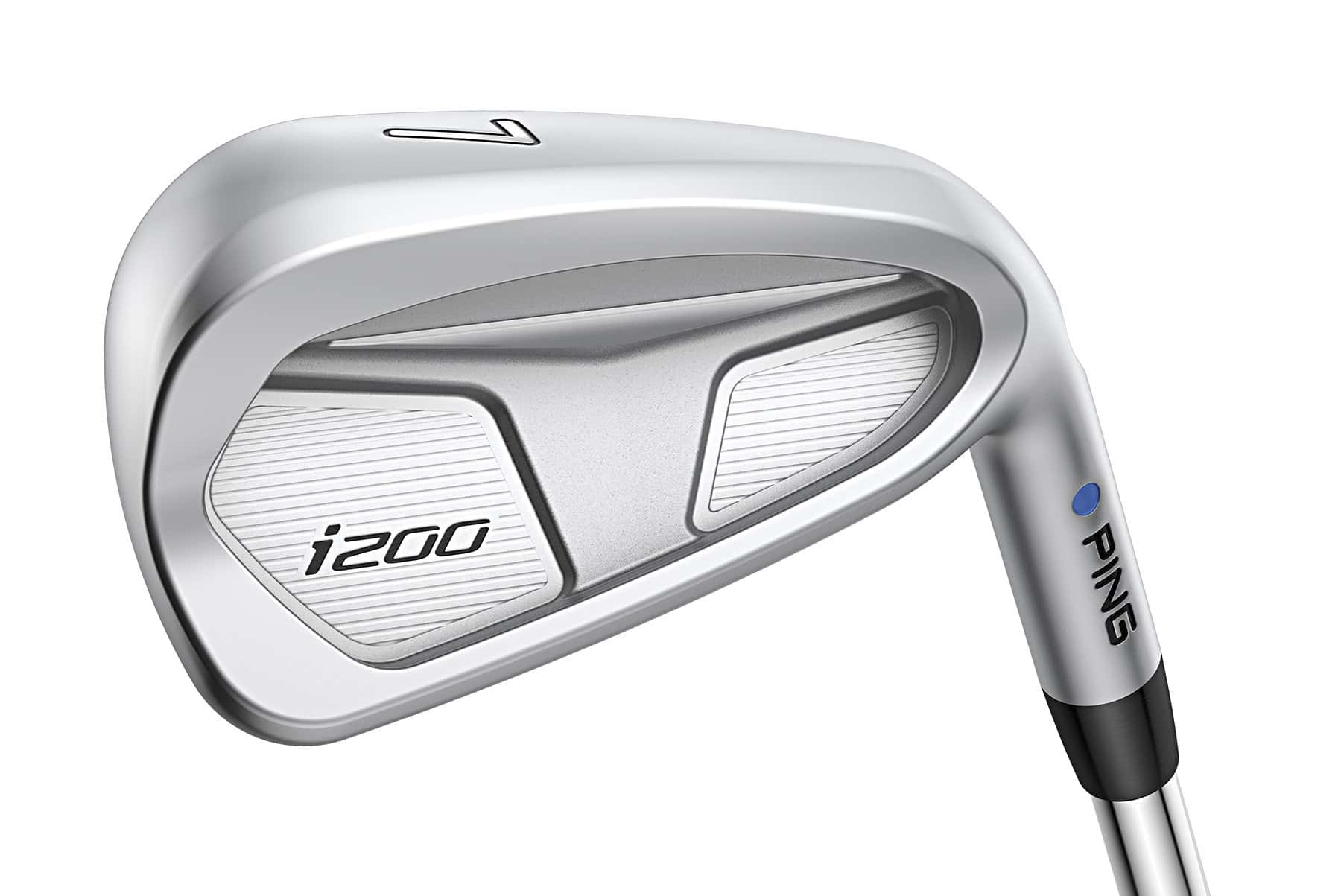
Review: Ping i200 irons
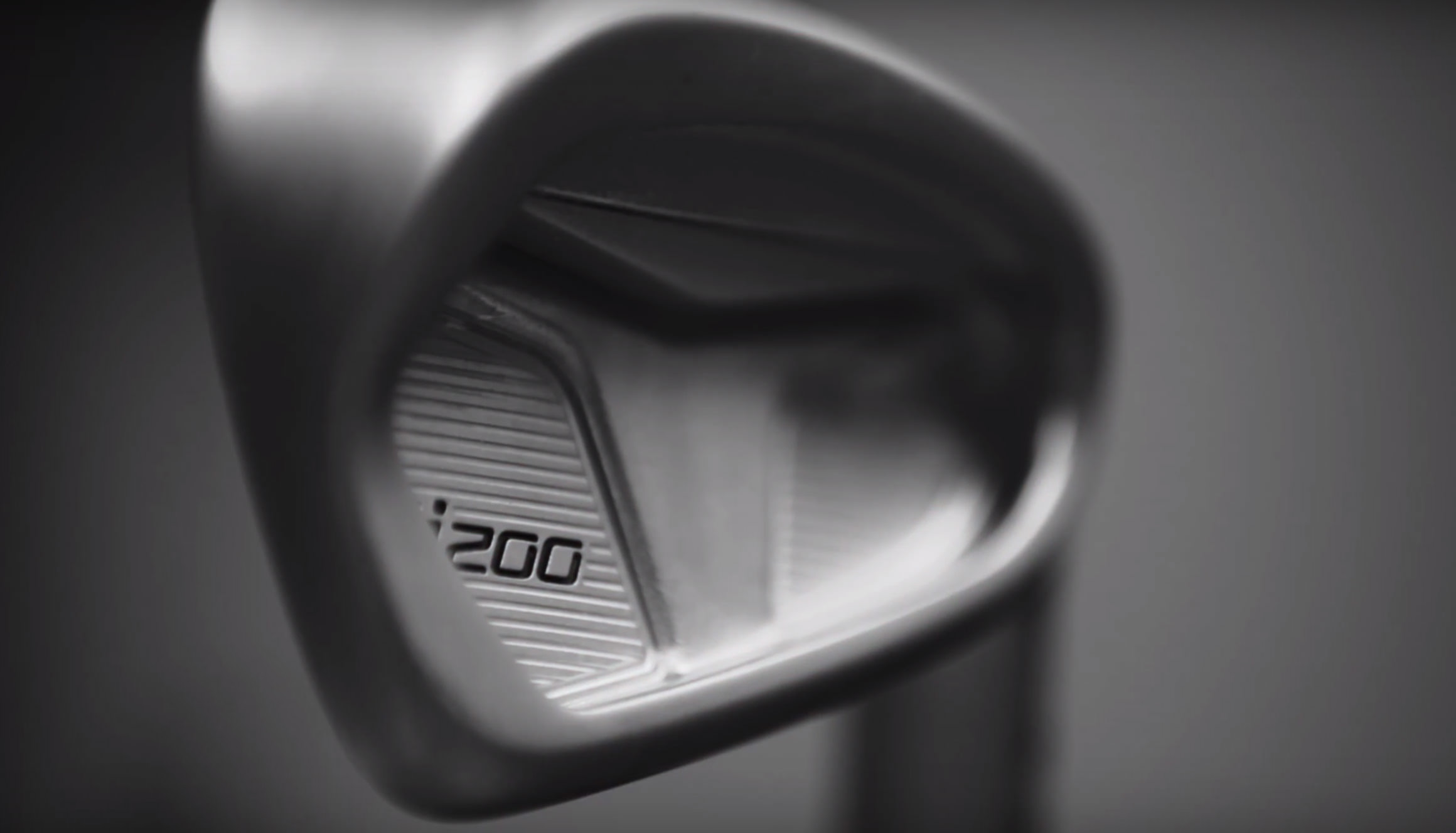
Why the new Ping i200 irons will hit my sweetspot
James Savage
Former equipment editor of NCG. Inconsistent ball-striker and tea-maker.


